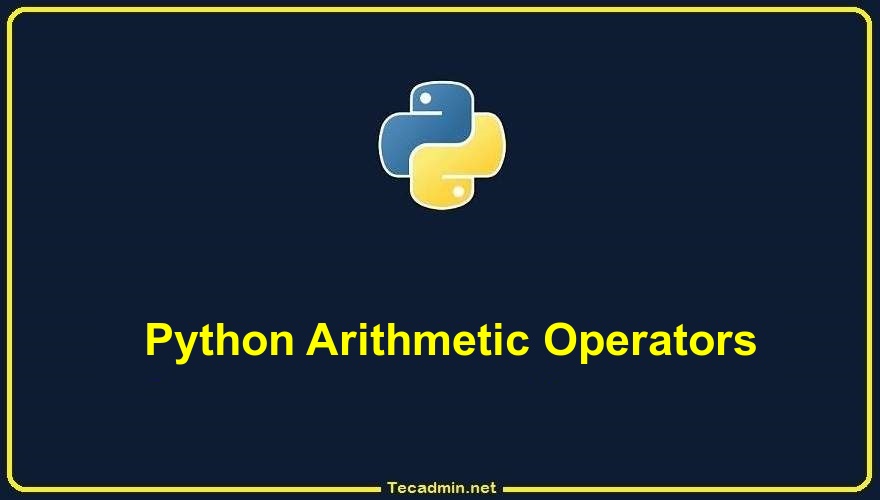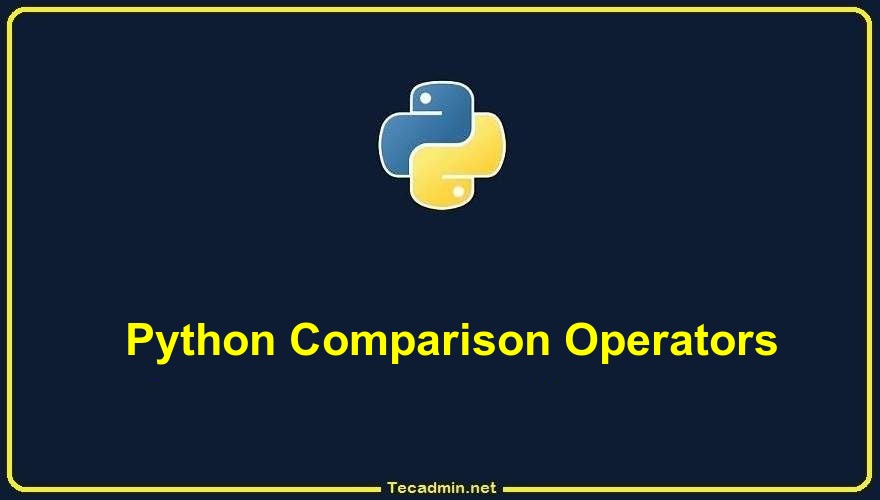Flask is a lightweight web framework for Python, known for its simplicity, flexibility, and fine-grained control. Unlike more ‘heavyweight’ frameworks like Django, Flask does not come with many built-in tools or components, which means that developers have the freedom to choose the most suitable tools for their projects. In this article, we’ll go through the basics of setting up a Flask web application. Pre-requisites Before you get started with Flask, you’ll need to have Python installed on your machine. Flask supports Python 3.6 and newer versions. You’ll also need pip, the Python package installer. Step 1: Setting Up Your Environment…
Author: Rahul
Python is a high-level, versatile, and powerful programming language that is popular for its readability and efficient code structure. This language uses a variety of operators, such as arithmetic, assignment, comparison, logical, and bitwise, to perform common mathematical and logical operations. This article focuses on one specific type of these operators – the Arithmetic operators. Let’s take a deep dive into understanding what they are, how they function, and some illustrative examples of their usage. What are Arithmetic Operators? Arithmetic operators are an important part of any programming language are used to perform mathematical operations like addition, subtraction, multiplication, division,…
Comparison operators in Python are used to compare two values and determine their relationship. These operators evaluate expressions and return a Boolean value (True or False) based on the comparison result. Understanding and effectively using comparison operators is crucial in programming, as they enable you to make logical decisions and control the flow of your code. In this article, we will explore the various comparison operators available in Python, along with examples to demonstrate their usage. Comparison Operators in Python Python offers a variety of comparison operators to compare values. These operators assess expressions and yield a Boolean value, either…
Python, like other programming languages, employs Boolean logic, which is one of the foundations of computer science. This logic allows us to make decisions based on conditions. In Python, these are made possible by Boolean operators. This article will delve deep into the world of Python’s Boolean operators. Introduction to Boolean Logic In computer science, Boolean logic, named after mathematician and logician George Boole, is a subfield of algebra used for creating true/false statements. This logic is particularly useful when it comes to control flow in programming. In Python, Boolean logic is represented by two constant objects: `True` and `False`.…
Bash completion is a useful functionality that allows you to auto-complete commands, filenames, and arguments within a bash shell. This saves time, increases efficiency, and enhances the user experience when working in a terminal environment. The latest version of macOS uses Zsh as its default shell, having switched from Bash with the Catalina release in 2019. However, if you still prefer to use Bash and wish to enable bash completion, here’s a comprehensive guide to help you. Step 1: Install Homebrew Homebrew is a popular package manager for macOS that simplifies the installation of software on Apple’s macOS operating system…
VLC Media Player, developed by VideoLAN, is a versatile open-source multimedia player that supports a vast array of audio and video formats. Beyond its capability as a player, it comes packed with additional functionalities, including the ability to capture clips from videos – a feature that is surprisingly underused. This article will take you through a comprehensive, step-by-step guide on how to utilize VLC Media Player’s video clipping feature. Whether you’re a video editor, a content creator, or someone simply looking to create highlight reels from your favorite shows, this guide will help you master the art of video clipping.…
The “for loop” is one of the most fundamental and widely used control flow structures in JavaScript. It allows you to repeat a block of code a specific number of times, which can be incredibly useful for things like processing arrays or other data collections, or for running a particular operation over and over until a certain condition is met. In this article, we’re going to delve into understanding how the JavaScript “for loop” works, what its components are, and how you can use it in your code. Basic Syntax First, let’s take a look at the basic syntax of…
JSON, short for JavaScript Object Notation, is a popular data format used extensively in data interchange. It is compact, easy to read, and easy to parse, making it a common choice for data storage and transmission over networks. While Python’s built-in `json` module provides the basic functionality for handling JSON data, JSON strings can often become unreadable when they become too long or too nested. This is where pretty-printing comes in, as it formats the JSON data in a way that is easy for humans to read and understand. In this article, we’ll delve into how you can pretty-print a…
In Ubuntu, like in other Linux versions, the swap file is a key part of managing the computer’s memory. It uses hard drive space as extra RAM when the actual RAM is full. Although it’s useful, sometimes you might want to turn it off or remove it. For example, if your computer has a lot of RAM or you need to save space on your disk. This article will show you how to turn off or get rid of a swap file on Ubuntu, step by step. Before you start, make sure you know what might happen if you disable…
GitHub Actions is an automation feature built into GitHub’s platform. It allows you to automate workflows, including software builds, testing, and deployments, right in your repository. As developers, having this functionality at your disposal can streamline your workflow and boost productivity. This article will guide you through the process of getting started with GitHub Actions. What are GitHub Actions? Before we dive into how to set them up, let’s clarify what GitHub Actions are. Essentially, they are tasks that you can automate directly within your GitHub repository. You can create individual tasks, known as “actions”, and combine them to create…



